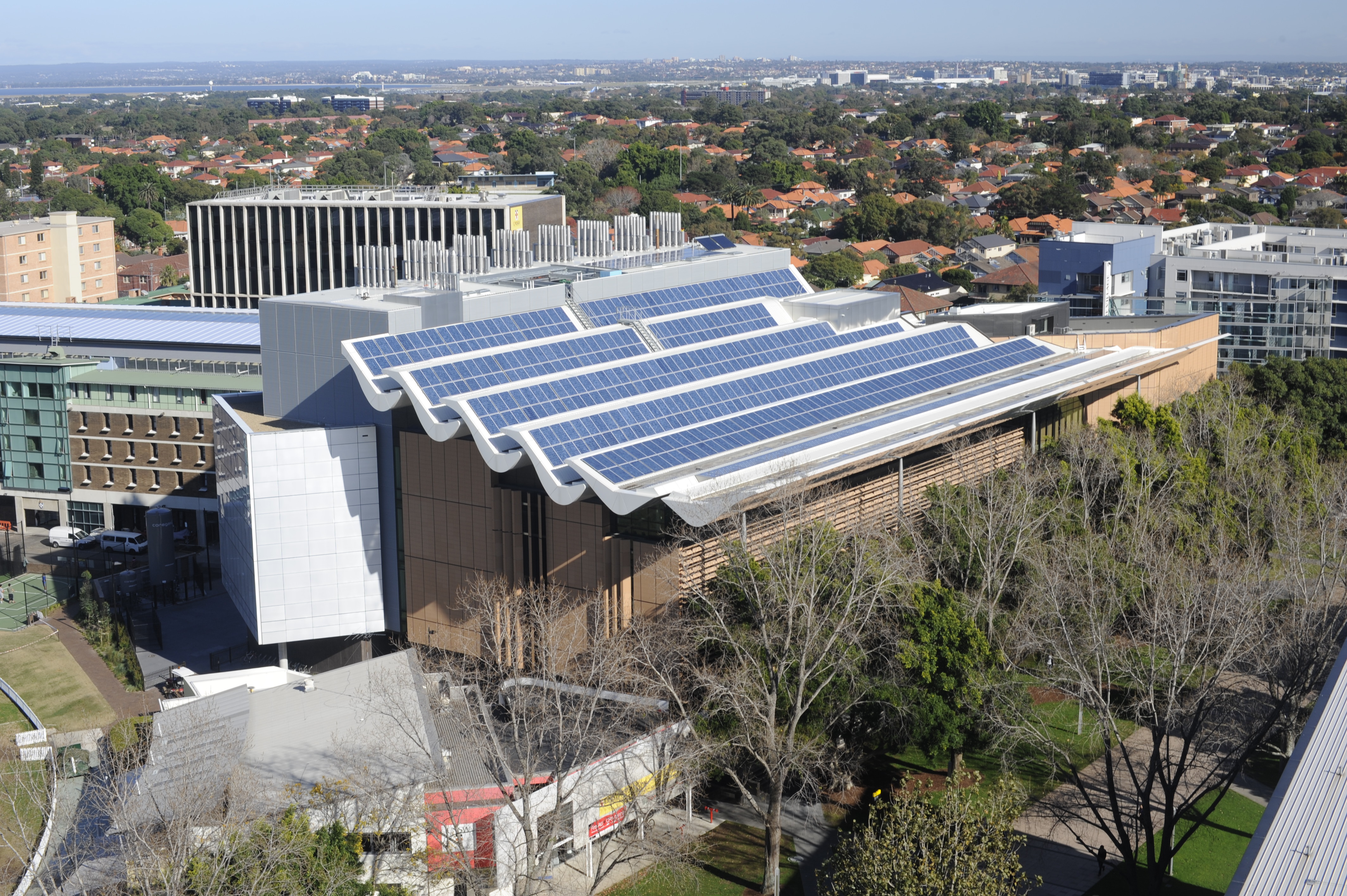Cooperative Research Centre for Low Carbon Living
The CRC for Low Carbon Living (CRCLCL) is a national research and innovation hub, enabling a globally competitive low carbon built environment sector.
Focusing on collaborative innovation, we bring together property, planning, engineering and policy organisations with leading Australian researchers. The CRCLCL develops new social, technological and policy tools for facilitating the development of low carbon products and services to reduce greenhouse gas emissions in the built environment.
We support outstanding research that is designed to meet the needs of end users, including manufacturers of building materials and products; architects, planners and developers; home owners and communities; and government and regulatory organisations.
We are a highly collaborative organisation and engage with a wide variety of industry and government partners whose contribution to our mission is invaluable. We have strong links with Australia’s premier universities and an outstanding cohort of student researchers whose work is guided by an elite team of senior researchers in the low carbon built environment sector.
We have two primary goals:
• Contribute to a cumulative reduction in carbon emissions of 10 megatonnes by 2020
• Enable a projected economic benefit to Australia of over $684 million by 2027
Our research aims to deliver:
• A more efficient and productive built environment sector
• Engaged communities that act to reduce emissions in their homes, suburbs and cities
• A high quality evidence base for low carbon planning and policy
• Large-scale national capability, growth and development
• Tools, technologies, strategies and research that will ensure the built environment sector remains globally competitive.
• A cohort of almost 100 research higher degree students
The CRCLCL has now completed the sixth year of its seven-year term and many of our research projects have already contributed to the development of next-generation, low carbon materials and technologies, and are guiding government towards resilient, sustainable cities of the future.
The CRCLCL runs three integrated research programs:
Program 1: Integrated Building Systems
Program 2: Low Carbon Precincts
Program 3: Engaged Communities
These give rise to eight impact pathways:
1. Harnessing Australian Sun
2. Low carbon materials
3. Mainstream low carbon bldgs
4. Integrated low carbon precincts
5. Evidence base for LCL Policy
6. Community engagement
7. Living laboratories
8. Education and capacity building
The CRCLCL is joined by 45 industry, government and research partners in delivering more than 120 research projects. These create and disseminate new ideas and findings to partners and the broader community. They also satisfy the requirements of over 180 milestones defined by the Australian Government as part of its agreement with the CRC.
In addition, the CRCLCL runs a wide-ranging outreach and engagement program including national forums on selected topics, workshops, seminar and a large annual forum for all partners.
The CRCLCL has supported almost 100 higher-degree-by-research (HDR) students affiliated with six universities for either PhD or Masters qualification. The CRCLCL undertaken many activities in its final years , managed by a full-time Impact and Utilisation Manager. The centre aims to close the gap between research and practice, ensuring that its research is applied, useful, relevant, usable and accessible. It does so through a participatory and collaborative approach that:
• Captures, catalogues and actively shares research knowledge
• Builds the skills and capabilities of researchers and research teams
• Translates, targets, tailors and disseminates research
• Develops relationships, partnerships and networks
• Optimises internal support systems and processes.
The CRCLCL has also developed a number of strategies that support utilisation:
• Intellectual property management strategy
• Researcher development strategy
• Industry professional development, training and education strategy
• Node development strategy
• Communications and engagement strategy.
These activities have seen a number of projects reach a point of genuine impact in 2018/19 including:
• production-level application of geopolymer concrete for seawall barriers
• the application of urban-heat-island mitigation techniques to real suburban streets and precincts
• trials of innovative joins for modular building construction
• the participation of more than 80 businesses in a low-carbon accreditation scheme in the Blue Mountains west of Sydney
• several schools participating in a low-carbon community initiative
• submission to the Australian Government of a rigorously defined trajectory of changes to the Australian building code to achieve better energy and carbon outcomes
• the development of 16 'Living Labs' to create and showcase innovative sustainable building solutions
• the creation of a Knowledge Hub - builtbetter.org - and repository of high-grade research and literature reviews in the sector
The legacy of the CRCLCL will live on after it winds-up in June-2019 through six 'Nodes' in the participating universities which will continue to contribute to lower carbon and more energy efficient and more sustainable outcomes in the built environment. The CRCLCL is in the final 6 months of its 7 year term and research commissioning has finished. The research outputs and other legacies from this initiative will continue to be available on the Knowledge Hub at http://builtbetter.org.
External source(s)
Image

CRC Low Carbon Living 2019
Project start date
30/06/2012
Project end date
30/06/2019

